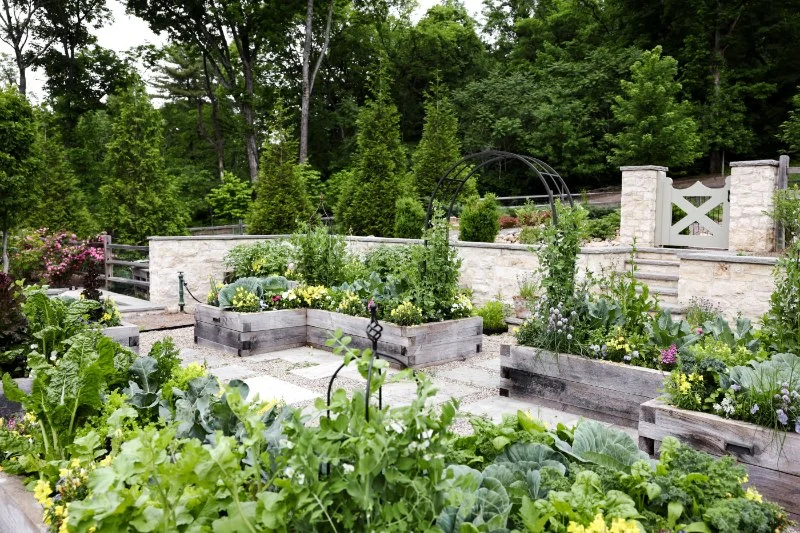
- 1 - Why Create an Evolving Garden?
- 2 - Key Design Principles for an Evolving Garden
- 3 - How to Choose Plants That Are Easy to Update
- 4 - Incorporating Flexible Garden Elements
- 5 - Maintaining Your Garden Over Time
- 6 - Where to Find Garden Resources for Updating
1. Why Create an Evolving Garden?
Building a garden that is easy to update over time offers many benefits. An evolving garden allows you to adapt to changing seasons, evolving tastes, and new trends without the need for a complete redesign. Whether you're an experienced gardener or a beginner, creating a flexible garden that can evolve is an excellent way to keep your outdoor space fresh and exciting.
Additionally, an adaptable garden can grow with your lifestyle. As your family grows, your needs may change, and so can your garden. With an easy-to-update garden, you have the freedom to adjust layouts, try new plant varieties, or add features without starting from scratch.
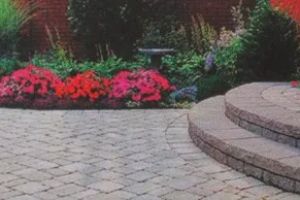
Russel J. Lokun Landscape Design
Arlington HeightsCook CountyIllinois
1315 E Rand Rd, Arlington Heights, IL 60004, USA
2. Key Design Principles for an Evolving Garden
When planning a garden that can evolve over time, certain design principles can help ensure flexibility. These principles allow you to make changes without compromising the overall structure or aesthetic of your space.
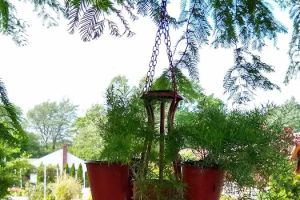
Broadview Landscaping & Nursery, Inc.
13206 Tonkel Rd, Fort Wayne, IN 46845, USA
2.1 Choose a Versatile Layout
Start by choosing a garden layout that allows for flexibility. Avoid overly complicated designs with rigid plant placements. Instead, opt for layouts that create natural flow and open space, which can be easily adapted to suit new plants or garden features. For example, a simple pathway, border beds, and open areas for seasonal changes offer versatility.
2.2 Plan for Future Growth
Consider the future growth of your plants and other garden elements. When selecting trees, shrubs, and perennials, make sure they will not outgrow their space or hinder other plants. Planning for growth ensures that your garden will continue to thrive without requiring constant overhauls.
2.3 Use Modular Elements
Modular design elements, such as movable planters, garden furniture, and flexible raised beds, are perfect for an evolving garden. These elements can be rearranged or replaced easily without disrupting the overall design. Modular designs provide a low-effort way to make significant updates to your garden when needed.
3. How to Choose Plants That Are Easy to Update
Choosing plants that are easy to update is one of the most important aspects of creating an evolving garden. Plants that are adaptable and low-maintenance make it easier to refresh your garden over time without much effort.
3.1 Select Perennials for Long-Term Beauty
Perennials are ideal for an evolving garden because they come back year after year. Choose varieties that are known for their hardiness and ability to thrive in your local climate. Perennials like lavender, coneflowers, and hostas provide reliable color and texture, and they can be easily divided or relocated when you want to update your garden.
3.2 Incorporate Annuals for Seasonal Variety
Annuals are perfect for adding temporary color and variety to your garden. Since they only last for one growing season, you can switch them out each year to match new trends or your changing preferences. Consider adding annuals like marigolds, petunias, and begonias to give your garden a fresh look every season.
3.3 Choose Low-Maintenance Plants
When selecting plants, opt for low-maintenance varieties that require less care and attention. Drought-tolerant plants, native species, and succulents are excellent choices. These plants require fewer updates, making them easier to care for and change out as your garden evolves.
4. Incorporating Flexible Garden Elements
In addition to plants, incorporating flexible elements into your garden design allows for easy updates. These elements can transform your space and create a more dynamic environment that can evolve with your needs.
4.1 Pathways and Borders
Paths and borders are foundational elements in any garden. Opt for materials that can be easily replaced or rearranged, such as gravel, mulch, or pavers. A flexible pathway allows you to change the shape or layout of your garden without significant effort. Similarly, changing the borders of your garden beds can create new focal points without redesigning the entire space.
4.2 Outdoor Furniture and Structures
Outdoor furniture, pergolas, and trellises offer the opportunity for updating your garden's style. Choose pieces that can be easily moved or replaced as trends shift. For example, a simple metal trellis can support climbing plants and be easily swapped out for a different style in the future.
4.3 Lighting and Decorative Features
Lighting and other decorative features, such as garden statues or fountains, can be easily updated to give your garden a new look. Consider using solar-powered lights that can be rearranged to highlight different areas of the garden. Changing up decorative features is an easy way to refresh your space over time.
5. Maintaining Your Garden Over Time
Maintaining a garden that’s easy to update over time doesn’t have to be difficult. With the right approach, you can keep your garden looking fresh and vibrant with minimal effort.
5.1 Regular Pruning and Deadheading
Regular pruning and deadheading will keep your plants healthy and looking their best. By trimming back overgrown plants or removing spent flowers, you can maintain the shape and appearance of your garden. This also allows for easier updates when you decide to replace or relocate plants.
5.2 Mulching for Weed Control
Mulch helps to control weeds and retains moisture in the soil, reducing the need for constant attention. Using mulch also makes it easier to update your garden because it provides a clean, tidy appearance that can easily incorporate new plants or design elements.
5.3 Plan for Seasonal Changes
As the seasons change, make small adjustments to your garden by swapping out seasonal flowers or adjusting your outdoor furniture. This allows your garden to reflect the changing environment while keeping maintenance to a minimum.
6. Where to Find Garden Resources for Updating
If you're looking for inspiration and resources to help update your garden, visit Beautiful Landscapes, where you can find a wide selection of gardening products, tools, and design ideas. Whether you’re looking for the best plants, garden furniture, or landscape design services, Beautiful Landscapes offers everything you need to refresh your garden and keep it evolving over time.

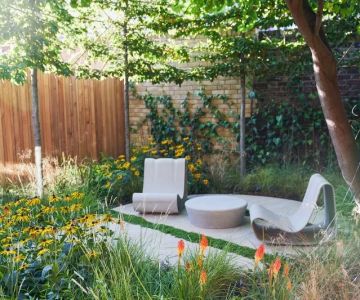
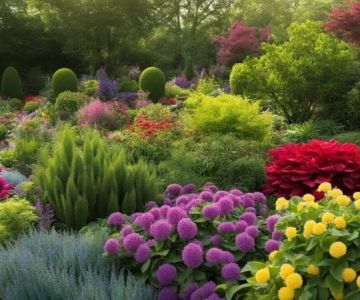

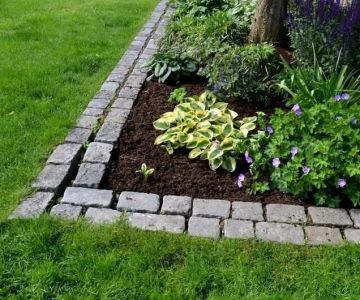

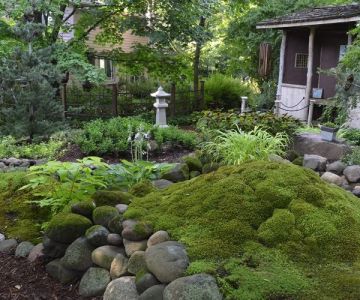
 Ware Landscaping & Snow Removal5.0 (15 reviews)
Ware Landscaping & Snow Removal5.0 (15 reviews) TruGreen Lawn Care4.0 (647 reviews)
TruGreen Lawn Care4.0 (647 reviews) Lakeshore Customs5.0 (26 reviews)
Lakeshore Customs5.0 (26 reviews) First Impressions Landscaping3.0 (3 reviews)
First Impressions Landscaping3.0 (3 reviews) Eternally Green Lawn Care, Inc.4.0 (30 reviews)
Eternally Green Lawn Care, Inc.4.0 (30 reviews) Lickteig's4.0 (11 reviews)
Lickteig's4.0 (11 reviews) How to Grow a Stunning Rose Garden Without High Maintenance
How to Grow a Stunning Rose Garden Without High Maintenance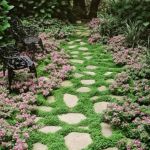 How to Use Perennial Borders to Frame Walkways: Tips for Stunning Garden Designs
How to Use Perennial Borders to Frame Walkways: Tips for Stunning Garden Designs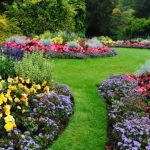 How to Choose Plants That Don’t Compete: A Guide for Perfect Landscaping
How to Choose Plants That Don’t Compete: A Guide for Perfect Landscaping How to Design a Landscape That Complements Architecture: Expert Tips and Ideas
How to Design a Landscape That Complements Architecture: Expert Tips and Ideas How to Use Garden Art to Add Personality to Your Outdoor Space
How to Use Garden Art to Add Personality to Your Outdoor Space How to Choose Outdoor Seating That Complements Your Garden
How to Choose Outdoor Seating That Complements Your Garden